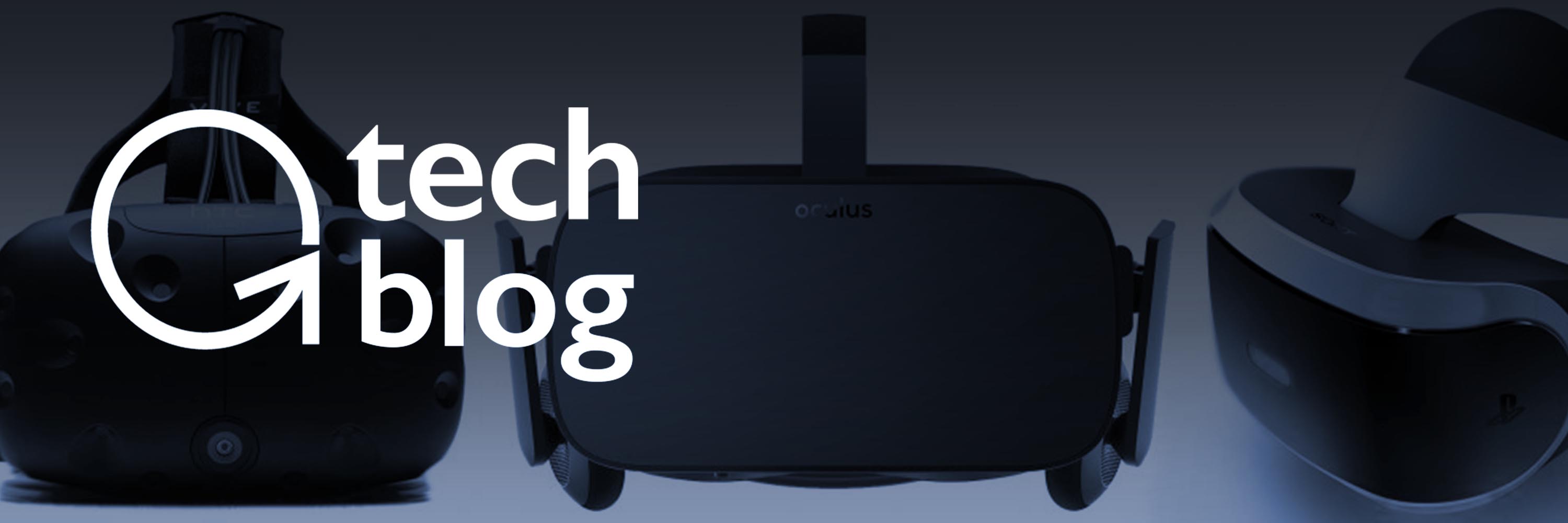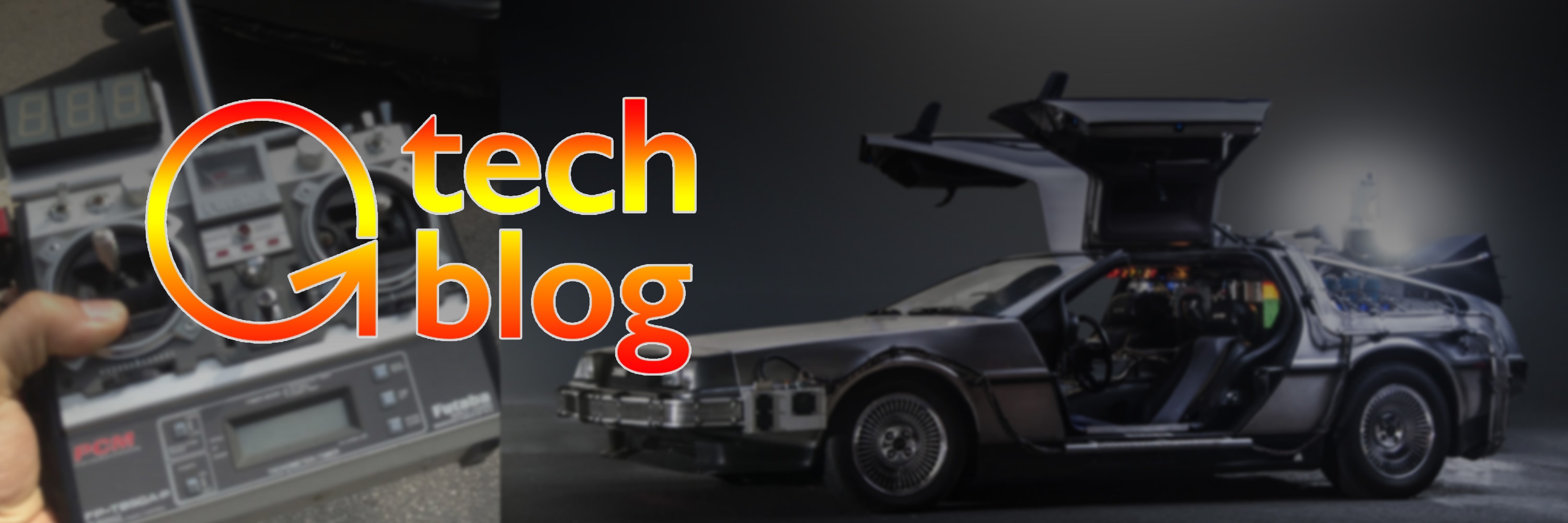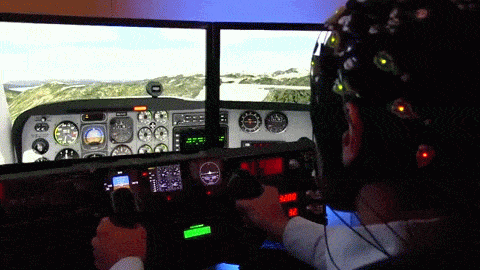
Unexpected convergent consequences... this is what happens when eight different exponential technologies all explode onto the scene at once.
This blog (the third of seven) is a look at Virtual and Augmented Reality. Future blogs will look at other tech areas.
An expert might be reasonably good at predicting the growth of a single exponential technology (e.g. the Internet of Things), but try to predict the future when Artificial Intelligence, Robotics, Virtual Reality, Synthetic Biology, and Computation are all doubling, morphing and recombining… You have a very exciting (read: unpredictable) future. This year at my Abundance 360 Summit I decided to explore this concept in sessions I called Convergence Catalyzers.
For each technology, I brought in an industry expert to identify their Top 5 Recent Breakthroughs (2012-2015) and their Top 5 Anticipated Breakthroughs (2016-2018). Then, we explored the patterns that emerged.
P.S. Send any tips to our team by clicking here, and send your friends and family to this link to subscribe to Abundance Insider.
VR Technology – Context
At A360 this year, my expert on Virtual and Augmented Reality was Philip Rosedale.
Philip really is one of the world's leading experts in Virtual and Augmented Reality. Earlier in his career, he was the creator/founder of Second Life, and more recently he is the CEO of High Fidelity. He's truly an amazing thinker.
Before we dive in, here's some context around VR technology.
Virtual Reality (VR technology) artificially creates sensory experiences, which can include sight, sound and touch.
VR technology offers computer-generated images that appear on a headset. Most famously, VR is Oculus Rift, Samsung Gear and Google Cardboard.
The addition of hand controllers offers users the ability to manipulate digital objects in the virtual world. VR technology will ultimately impact everything from real estate to retail and healthcare and education. Business meetings, conferences and concerts will soon all be held in virtual environments.
A related technology is AR, or Augmented Reality, which merges computer generated graphics or video on top of the real world we see before us.
By projecting a digital layer of information on top of our personal reality, AR gives us the ability to digitally enhance what we see. Imagine a digital layer reminding you of names and birthdates of colleagues, or offering how-to instructions when trying to learn a new skill.
Over the past two years, well over $5 billion has been invested in Virtual and Augmented Reality by all of the major technology companies, from Google to Microsoft and Samsung to HTC.
The implications of VR are staggering, and I asked Philip to share his top five breakthroughs from the past three years to illustrate some of them.
Top 5 Recent Virtual and Augmented Reality Breakthroughs 2013 - 2015
Here are the breakthroughs Phillip identified in VR from 2012-2015.
1. Major companies (Oculus/Facebook, Sony, HTC) will launch consumer products this year.
2016 has been the year of consumer VR technology.
We expect that many of the major tech companies will release their first batch of consumer-ready products into the market.
Three companies in particular are racing to the market – and this competition validates that VR is now a major opportunity. The companies are: Oculus (via Facebook), HTC and Sony. Add this to the Samsung Gear, which is already out on the market, and we've got a new industry.
2. Development of hand controllers, most recently the Samsung 'Rink'.
Rosedale explains, "Hand controllers are the devices that enable us to actually reach out and touch and manipulate the things in the virtual world. They are also coming this year. My personal take on Virtual Reality is that the turning point will happen when we can use our hands (not just our eyes) to manipulate the virtual world."
Importantly, this ability to manipulate objects and space in Virtual Reality is going to stimulate many applications beyond gaming.
3. Development of photogrammetry and video photogrammetry (like 8i.com), Tango and Lytro to map 3D rooms.
Traditionally, to create 3D virtual environments, we had to "build" all of the objects in the environment by hand using traditional modeling tools. These tools are quite difficult to use – and as such, it was slow going.
As Philip explains, "Traditionally, it'd cost you a few hundred thousand dollars to do a really good job of modeling a large auditorium. But we're now reaching a crossover point where hardware technology will let us scan rooms and the people in it, and convert those scans into 3D objects at a very low cost."
4. Apple signals intent to enter the space (patents, acquisitions).
Apple, a leader in consumer electronics, is signaling a move into Virtual and Augmented Reality by filing key patents and making multiple acquisitions in the space.
Most recently, Apple bought a small company called Faceshift, which works to capture and scan the human face to recognize your facial features.
It's likely we'll see more movement from Apple, especially as it relates to the future of "screens".
5. Oculus, HTC announced pre-orders for VR technology consumer products.
HTC recently announced pre-orders starting at the end of February for their VR device called the Vive. Oculus announced their pre-orders on January 6.
The traction they are seeing and interest in these consumer facing products hugely validates that VR technology has come onto the scene in a big way these last few years.
So what's in store for the near future?
Top 6 Anticipated AR & VR Technology Breakthroughs 2016 - 2018
Here are Philip's predictions for the most exciting, disruptive developments coming in Artificial Intelligence in the next three years. As entrepreneurs and investors, these are the areas you should be focusing on, as the business opportunities are tremendous.
1. Screen resolution matches visual brain input.
Philip explains, "There will be a magical turning point where the pixel size in our displays will get so small that you can't see them."
"When we've developed displays with between 4K and 8K resolutions (roughly), there will be a moment when we can't tell the difference between reality and virtual/augmented reality (at least with our eyes)."
This will happen sooner than we think – likely in the next few generations of head mounted display product iterations from companies like Oculus and HTC.
2. Eye tracking adds both presence and control.
Eye tracking and eye interaction technology has advanced tremendously. Companies like Eyefluence are paving the way for a new technology interaction model based on our eyes.
Phillip says, "It's a done deal. There are not any technical problems with eye tracking. Once you put screens next to somebody's face, you can also watch their eyes moving. Think about what that means for communication... It means that if you have a meeting in VR, you'll be able to make eye contact with people. It also means you can control your computer. You'll be able to use your eye as a mouse."
3. Face tracking from head mounted displays makes your real appearance perfectly conveyed.
Along with eye tracking, face tracking will be a pivotal development if AR and VR technologies are going to be widely adopted.
"Again, if you have hardware very close to your face, you're going to be able to measure and track what you're doing with your face. This means we'll be able to animate you at a distance, talking to somebody else with a perfect representation of your facial movements. Think of a film like Avatar and how they transferred the actors onto those characters in the movie. You're going to be able to do that live, in a meeting, where you're going to be that character and it's going to move and express itself emotionally like you do."
4. VR technology impacts conferences, education and travel. AR eliminates need for TVs and screens.
Why go to conferences, school, or travel for business if you can have richer, deeper experiences from the comfort of your living room?
"In the first few years," continues Philip, "not everybody's going to have these devices. It's going to be just like smartphones. Only a few people at work will have a headset, but there are a couple of applications where this will be immediately game changing."
"If you can buy your kid a $600 virtual reality headset, and they can study five times as fast as anybody else, and they don't have to be in a particular neighborhood or near a school to do it, they are just going to adopt these things. They are that much better."
The same is true of conferences, certain types of travel, and gaming.
"There are a bunch of early stuff applications that will be striking in their impact before we're all routinely using or having these headsets."
5. The End of Displays and Screens
Augmented reality companies are working hard to replace all "displays and screens," says Philip.
In success, your Magic Leap headset will allow you to view a virtual TV anywhere, on any wall, or a mobile phone screen on the palm of your hand, or the air in front of you, then there is no need to carry around clunky glass devices in your pockets or hang TVs on your walls.
WHAT IS ABUNDANCE INSIDER?
This email is a briefing of the week's most compelling, abundance-enabling tech developments, curated by Marissa Brassfield in preparation for Abundance 360. Read more about A360 below.
WANT MORE CONVERSATIONS LIKE THIS?
At Abundance 360, Peter's 360-person executive mastermind, we teach the metatrends, implications and unfair advantages for entrepreneurs enabled by breakthroughs like those featured above. We're looking for CEOs and entrepreneurs who want to change the world. The program is highly selective. Apply now for Abundance360 Summit if you'd like to develop an Abundance Mindset.
Know someone who would benefit from getting Abundance Insider? Send them to this link to sign up.







